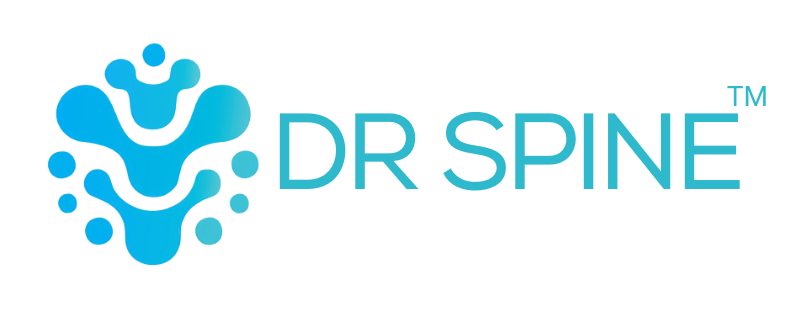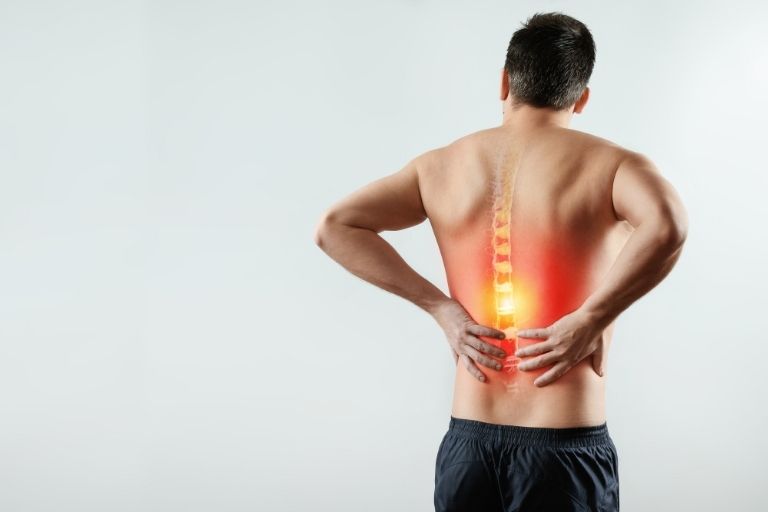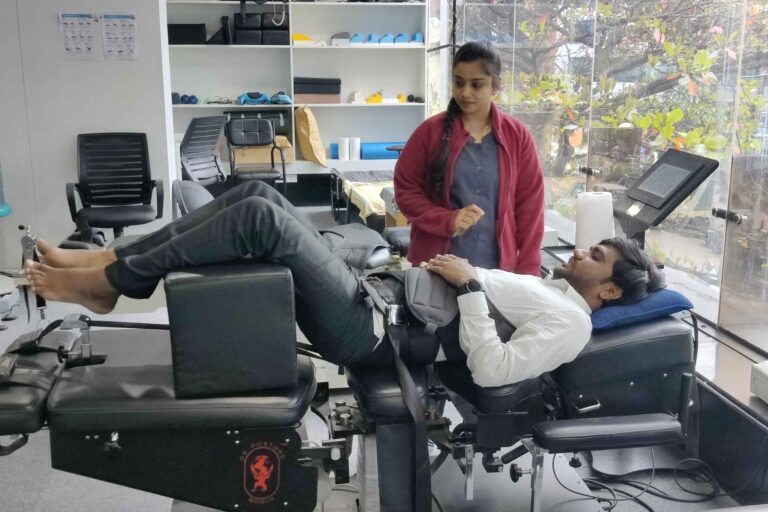Treatment of scoliosis, the lateral curving of the spine in an ‘S’ shape, is commonly misunderstood. The first thing to understand is that this is not a dreaded disease that medical scare tactics have forced many into undergoing spinal surgery. Second, spinal experts agree that a cure for scoliosis is not possible. To suggest this is irresponsible.
The ideal process to best manage scoliosis is early identification at the ages of 8 or 9 for advanced cases and at the ages of 10 to 12 when the prominent scapula or shoulder blade does not show at earlier ages. Early and proper evaluation will classify how mild, moderate, or severe we may expect the projected advancement of the lateral curves. The principal spinal management options that have passed clinical and scientific scrutiny include exercise, chiropractic care, bracing, and spinal surgery. All three options focus on reducing the rate of advancement or progression of the curve angles.
Exercise focus is on strength and flexibility; chiropractic focus is on helping people to live without pain and better function in the general population and we can expect the same in patients with scoliosis. Bracing a teenager’s focus is on delaying progression as the bone growth process is still incomplete and surgery focus is on stopping the progression; the more effective procedures limit the number of spinal segments fused with the surgery.
Parents. Please take the time to look at the posture of their children from the back without clothes for higher shoulders, asymmetrical space between trunk and arms, and any bulge on their back.
The chiropractor is a primary health care screener and considering their training as a spine health expert, are the best choice to get a regular check during pre-adolescence and adolescence when systematic screening at school is not enforced.
As mentioned earlier, there are advantages to early detection, but since many people are unaware of checking their children between the ages of 8 to 12, experts continue to work on improving methods to reduce the severity of scoliosis for those cases that are diagnosed in their teens or even as adults. Improvement is possible but a cure is unrealistic. Scoliosis is a developmental variation of the spinal skeleton from the average population showing up in 8% of Western countries, and in Asia, that percentage has not been determined; but some early findings suggest perhaps more in the 12% range of the population.
More will be presented on these advancing methods but for now, the most important lesson to take away today is to create awareness of having pre-teen children undergo a spinal study by a Doctor of Chiropractic.
If you liked this post, say thanks by sharing it!







